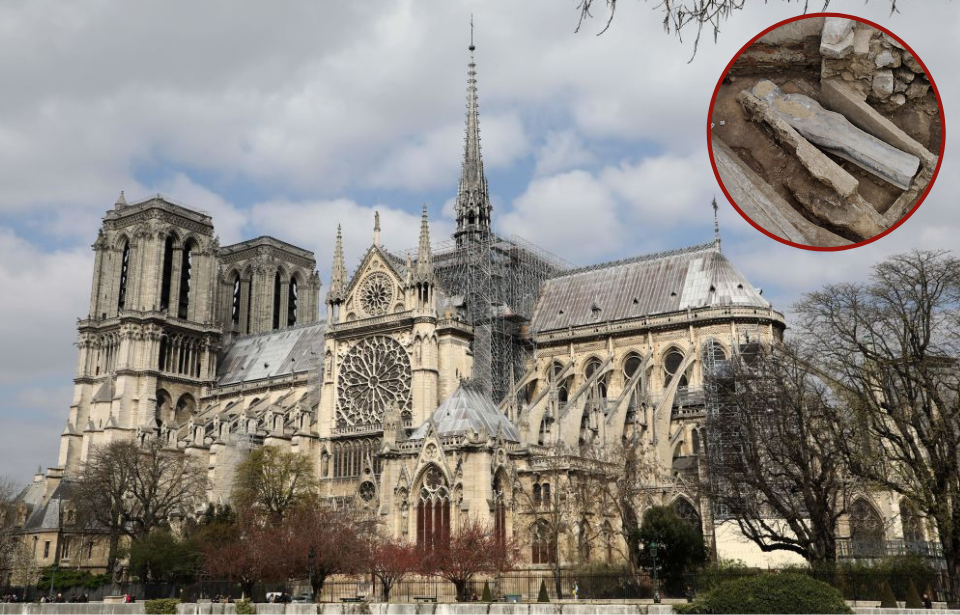Archaeologists conducting an excavation at Paris’ Notre Dame cathedral have unearthed multiple tombs and a human-shaped lead sarcophagus, which are believed to date back to the 14th century.
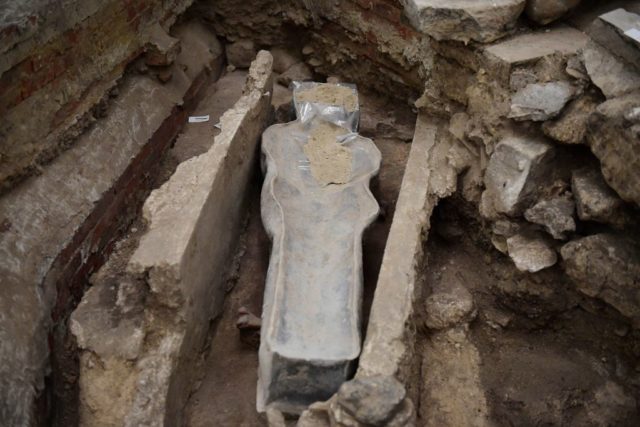
The archaeologists from the National Institute for Preventive Archaeological Research (INRAP) are conducting the excavation as a precautionary measure, before the installation of scaffolding needed to restore the cathedral’s wooden roof ridge. The roof, as well as the Notre Dame‘s 160-year-old Gothic spire, were destroyed during an April 2019 fire, which is believed to have been caused by an electrical short.
The excavation site, which lies beneath a stone layer dating back to the 18th century, with some lower levels going back as far as the 13th century, has uncovered a host of artifacts, according to France’s Culture Ministry. Dominique Garcia, with the INRAP, said the finds could help improve historians’ understanding of funeral practices in the middle ages.
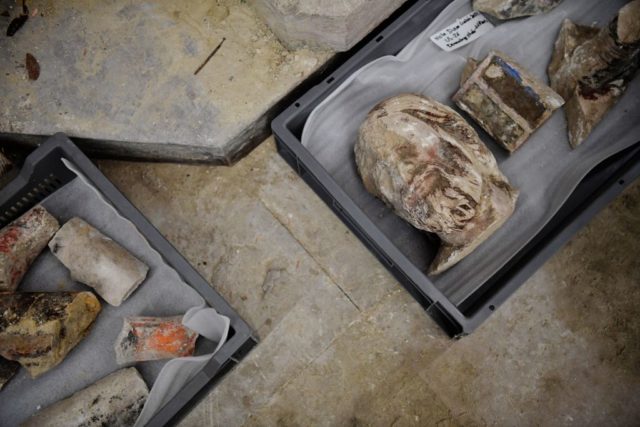
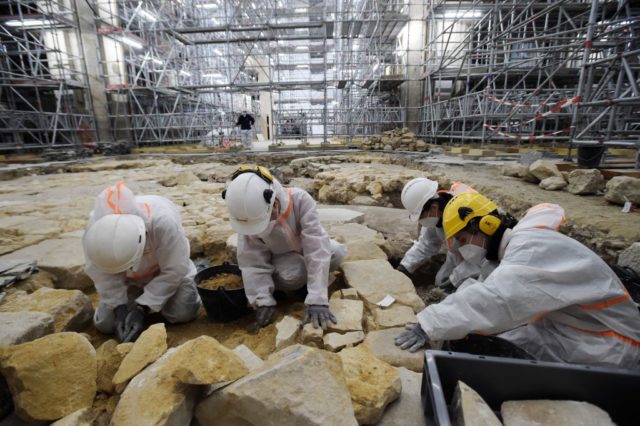
The tombs unearthed are “of remarkable scientific quality.” The lead sarcophagus, in particular, shows signs of impressive conservation, despite being warped by the weight of stones and the earth.
Using a mini endoscopic camera to look inside, archaeologists were able to “glimpse pieces of fabric, hair and a pillow of leaves on top of the head, a well known phenomenon when religious leaders were buried,” according to Christophe Besnier, the excavation’s lead archaeologist. “The fact that these plant elements are still inside means the body is in a very good state of conservation.”
It’s believed the sarcophagus likely belonged to a high dignitary, who died sometime in the 14th century.
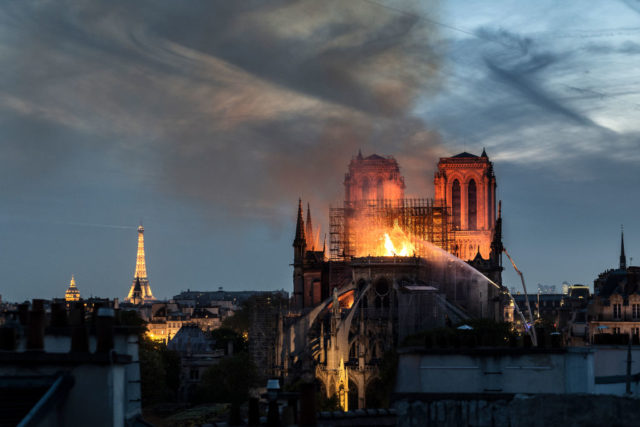
Along with the aforementioned discoveries, archaeologists have thus far uncovered a 13th-century rood screen, an architectural piece that separates the altar from the nave, as well as an underground heating system dating back to the 19th century and a pit immediately below the cathedral floor, which is believed to have been made around 1230 – when the Notre Dame was under construction.
Several painted sculptures have also been unearthed, including those of vegetables, a pair of carved hands and a bust of a yet-to-be-identified bearded man, and artifacts dating back to the original church. It’s been restored and renovated numerous times over its 800-year existence.
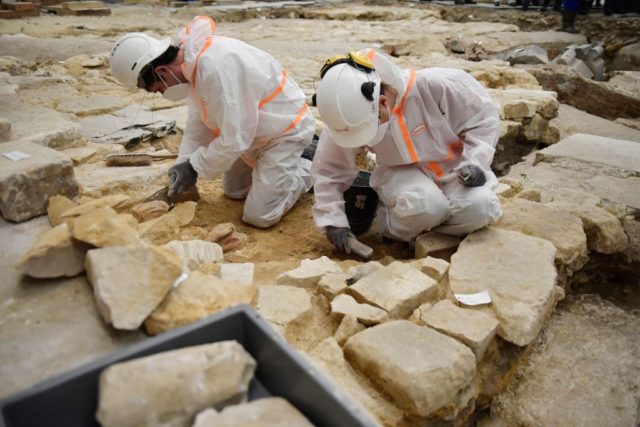
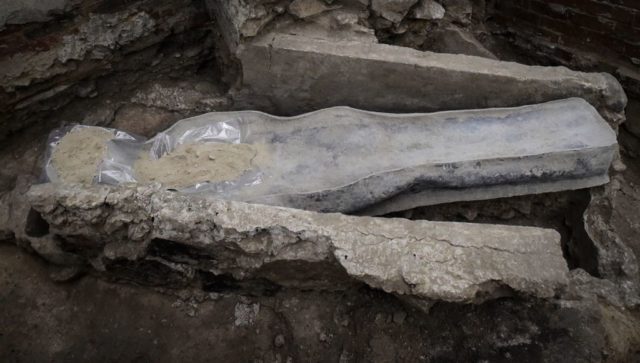
More from us: Two Men Arrested for Looting at Notre Dame Cathedral
Archaeologists have until March 25, 2022 to finish their excavation, at which time the reconstruction project resumes. This is to ensure the cathedral is ready to welcome back the public by the current Easter 2024 deadline set by France’s President Emmanuel Macron.
